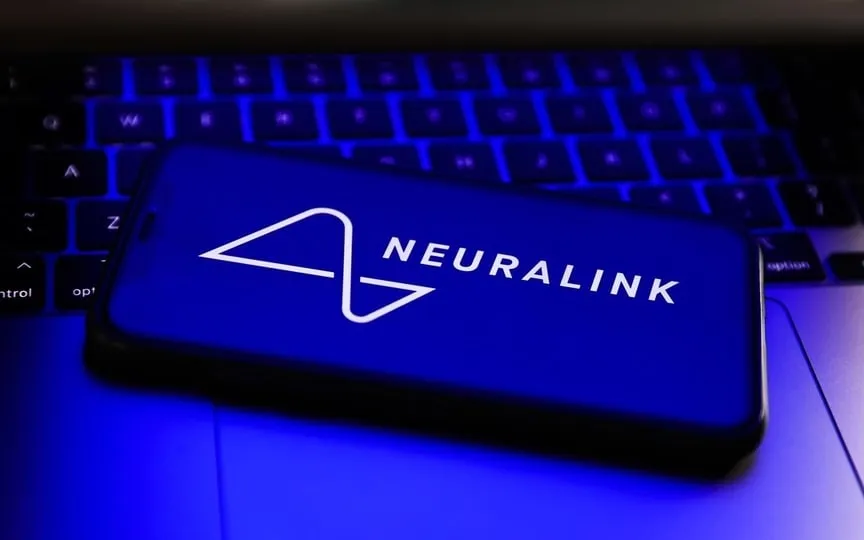10 Facts to Know About Elon Musk’s Brain-Computer Interface Company, Neuralink
Elon Musk’s Neuralink, a neurotechnology company working on implantable brain-computer interfaces (BCIs), reached a significant milestone on September 20. The company obtained approval from an independent review board to commence recruiting participants for its initial human trials. Neuralink’s primary objective is to address quadriplegia, a condition causing paralysis in all four limbs, through the use of brain implants. While the company has garnered attention for its groundbreaking innovations, it has also faced criticism for making seemingly impossible claims. If you are interested in learning more about Neuralink and its accomplishments thus far, continue reading.
10 things about Neuralink
1. Neuralink was founded in 2016 by Elon Musk and a founding team of seven scientists and engineers. The company’s goal was to build a direct communication channel between the brain and computers.
2. According to reports, Neuralink is building a 4mm-square chipset, called the N1, intended to be implanted inside the skull. The chip has very thin wires that reach into the brain. The wires can receive and detect brain signals that are transmitted between neurons, and they can also generate their own impulse that mimics the impulse of neurons. According to the company, the N1 chip can connect to 1,000 different brain cells. Up to 10 chips can be implanted in a patient, the company claims.
3. These chips also establish a wireless connection to a wearable device attached to the patient’s ear. This device looks like a hearing aid and includes Bluetooth functionality. Although the company claims that the earliest chips will be implanted through traditional neurosurgery, eventually that will be replaced by a small, painless procedure performed by a robotic surgeon. It is not known if the company is working on it.
4. Neuralink claims that these brain-computer interfaces (BCIs) help patients with neurological disorders caused by the brain’s inability to connect with nerves in a part of the body. These can be limbs, ears, eyes, tongue and much more. This can also help people who suffer from conditions such as epilepsy, Parkinson’s disease, paraplegia and quadriplegia.
5. As of August 2020, only three of the eight founding scientists remained at the company, according to a report by Stat News, which said Neuralink had seen “years of internal conflict where busy timelines have clashed with the slow and incremental pace of science”.
6. In April 2021, Neuralink shared a video of a monkey sitting in front of a computer screen with a Pong game on it. The company claimed that the monkey played the game using a Neuralink implant.
7. In June 2023, Neuralink received approval from the US Food and Drug Administration (FDA) to initiate its first human clinical trial. The company also recently received approval from an independent evaluation board.
8. Ever since the company went public, company founder Elon Musk has made big claims about its BCI. At the 2020 Neuralink event, Musk called the implants “kind of like a Fitbit in your skull with little wires,” according to a report by Analytics India Mag.
9. Some other claims made by Musk include going to the hospital in the morning (implant) and leaving in the afternoon. He also said that it could be possible to restore full body movement (for a paralyzed patient) in the long term. He also claimed that humans could store and replay memories.
10. As the company prepares to recruit human patients, a Wired report has revealed shocking information. According to the report, up to a dozen of Neuralink’s test monkeys had to be euthanized after suffering health problems including partial paralysis, brain swelling and bloody diarrhea. The report further reveals that the male monkey had to be euthanized in March 2020 after his cranial implant became loose, although it specifically says the implant failure was due to a mechanical problem.




